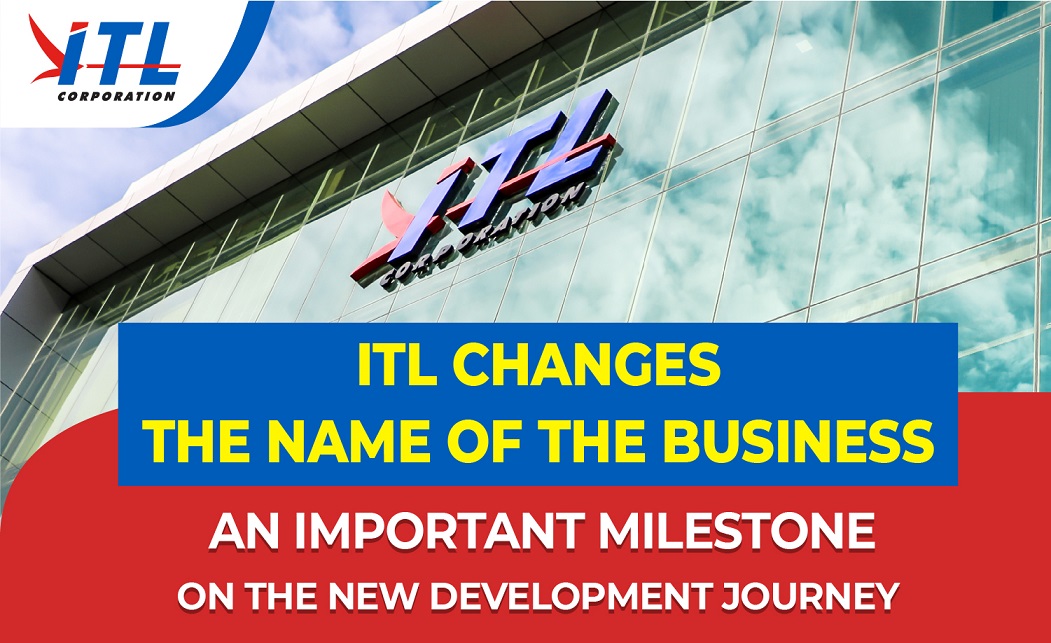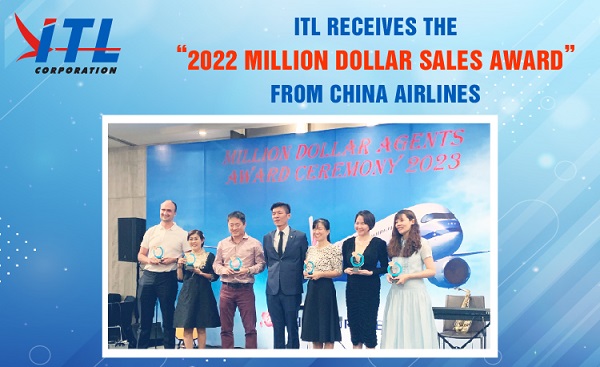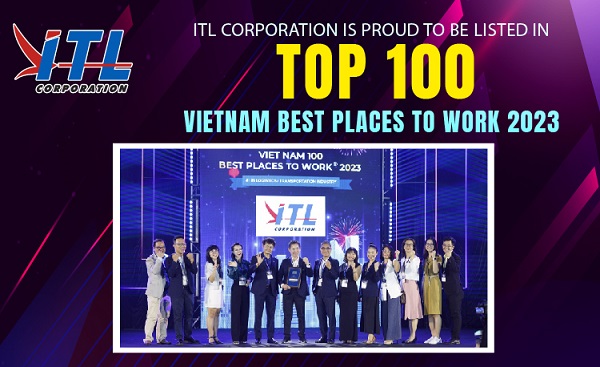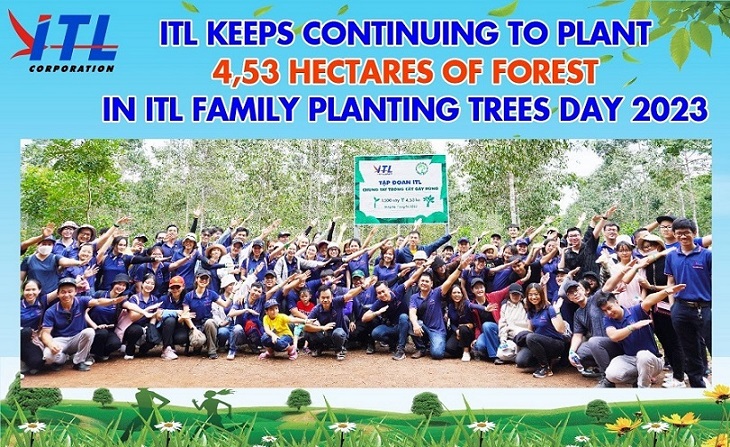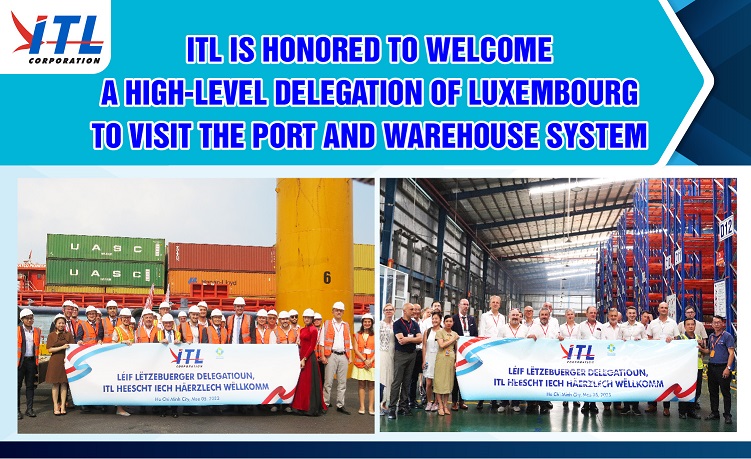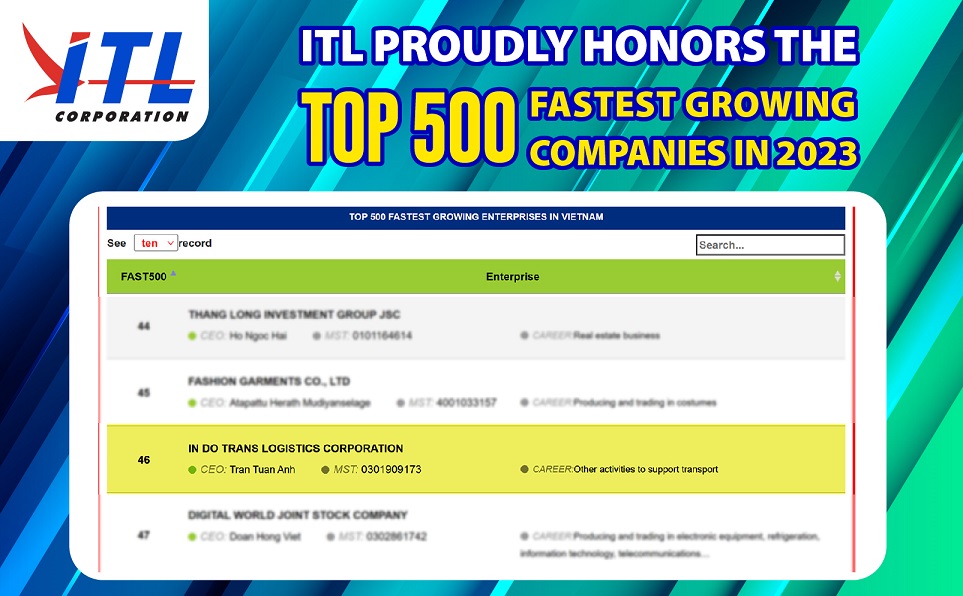10
02/22
Organizing For The Future: Nine Keys To Becoming A Future-Ready Company
According to McKinsey research of the top 30 companies, a future-ready organization needs to have the three characteristics: They know who they are and what they stand for; They operate with a fixation on speed and simplicity; They grow by scaling up their ability to learn, innovate, and seek good ideas regardless of their origin.
By embracing these fundamentals, through the nine organizational imperatives that underpin them, companies will improve their odds of thriving in the next normal.
1. Take A Stance On Purpose
By embracing these fundamentals, through the nine organizational imperatives that underpin them, companies will improve their odds of thriving in the next normal.
1. Take A Stance On Purpose
Top-performing organizations know that purpose is both a differentiating factor and a must-have. A strongly held sense of corporate purpose is a company’s unique affirmation of its identity and embodies everything the organization stands for from a historical, emotional, social, and practical point of view. Future-ready companies recognize that purpose helps attract people to join an organization, remain there, and thrive.
2. Sharpen Your Value Agenda
Future-ready companies, by contrast, avoid this dilemma by creating a value agenda - a map that disaggregates a company’s ambitions and targets into tangible organizational elements such as business units, regions, product lines, and even key capabilities. Armed with such a depiction, these companies can articulate where value is created in the organization, what sets the company apart from the pack, and even what might propel its success in the future.
The power of a clear value agenda isn’t only that it helps a company better achieve its strategic priorities today but also that it gives the organization a line of sight into how to shift resources as priorities change.

3. Use Culture As Your “Secret Sauce”
In addition to having a clear why (Purpose) and what (A value agenda), companies that thrive in the next normal will distinguish themselves by their cultures - the how of any organization. Leaders hoping to create a robust performance culture need to start by cooking up their organization’s own unique “secret sauce”. The main ingredient: specific, observable behaviors that employees at all levels of the company adhere to. Those ingredients will create a cohesive and sustainable organization, becoming the indentity that no other companies can copy.
4. Radically Flatten Structure
As the business environment has become more complex and interconnected in recent years, many companies have mirrored these changes in their organizational structures, creating an ever-more convoluted matrix. Future-ready organizations, by contrast, structure themselves in ways that make them fitter, flatter, faster, and far better at unlocking considerable value.
The vision of the future is one in which organizational structure no longer focuses on boxes and lines. Instead, it centers on connectivity on who works on what with whom. Future-ready organizations require models that are designed, nurtured, and grown around people and activities.
5. Turbocharge Decision Making
Being agile to shift business fields of companies based on their strengths to survive in the Covid-19 period has shown the advantages when those companies turbocharge decision making. The incoming journey requires organizations to continue to consolidate, integrating what has been learned from the crisis into the future decision making.
6. Treat Talent As Scarcer Than Capital
Creating an attractive destination for top talent means fostering an inclusive employee experience. This influences whether employees stay and thrive, which in turn affects the company’s bottom line. Future-ready companies see that talent ecosystems often allow for the best management and allocation of top talent.
7. Adopt An Ecosystem View
Future-ready organizations view partners as extensions of themselves. These relationships feature porous boundaries and high levels of trust and mutual dependence to share value and let each partner focus on what it does best.
8. Build Data-Rich Tech Platforms
Future-proof companies take data seriously. For them, data isn’t simply about reporting what is happening in the business or answering a business question. Data is the business. To make the most of data, leading organizations must tackle a complex set of tasks. They must create compelling approaches to data governance, redesign processes as modular applications, tap the benefits of scalable cloud-based technology, and support all this through variable-cost technology budgets that are reallocated dynamically. By seizing upon data’s ability to connect and scale, these companies will be able to develop new products, services, and even businesses in fast release-and-upgrade cycles.
9. Accelerate Learning As An Organization
An organization of the future will need to foster the mindset of constant learning, encouraging and supporting people to adapt and reinvent themselves to meet the changing needs of the market. Growth mindset, curiosity, daring to experiment and fail will be the "key" for employees to succeed.
*Source: bluec.vn/mckinsey.com
2. Sharpen Your Value Agenda
Future-ready companies, by contrast, avoid this dilemma by creating a value agenda - a map that disaggregates a company’s ambitions and targets into tangible organizational elements such as business units, regions, product lines, and even key capabilities. Armed with such a depiction, these companies can articulate where value is created in the organization, what sets the company apart from the pack, and even what might propel its success in the future.
The power of a clear value agenda isn’t only that it helps a company better achieve its strategic priorities today but also that it gives the organization a line of sight into how to shift resources as priorities change.

3. Use Culture As Your “Secret Sauce”
In addition to having a clear why (Purpose) and what (A value agenda), companies that thrive in the next normal will distinguish themselves by their cultures - the how of any organization. Leaders hoping to create a robust performance culture need to start by cooking up their organization’s own unique “secret sauce”. The main ingredient: specific, observable behaviors that employees at all levels of the company adhere to. Those ingredients will create a cohesive and sustainable organization, becoming the indentity that no other companies can copy.
4. Radically Flatten Structure
As the business environment has become more complex and interconnected in recent years, many companies have mirrored these changes in their organizational structures, creating an ever-more convoluted matrix. Future-ready organizations, by contrast, structure themselves in ways that make them fitter, flatter, faster, and far better at unlocking considerable value.
The vision of the future is one in which organizational structure no longer focuses on boxes and lines. Instead, it centers on connectivity on who works on what with whom. Future-ready organizations require models that are designed, nurtured, and grown around people and activities.
5. Turbocharge Decision Making
Being agile to shift business fields of companies based on their strengths to survive in the Covid-19 period has shown the advantages when those companies turbocharge decision making. The incoming journey requires organizations to continue to consolidate, integrating what has been learned from the crisis into the future decision making.
6. Treat Talent As Scarcer Than Capital
Creating an attractive destination for top talent means fostering an inclusive employee experience. This influences whether employees stay and thrive, which in turn affects the company’s bottom line. Future-ready companies see that talent ecosystems often allow for the best management and allocation of top talent.
7. Adopt An Ecosystem View
Future-ready organizations view partners as extensions of themselves. These relationships feature porous boundaries and high levels of trust and mutual dependence to share value and let each partner focus on what it does best.
8. Build Data-Rich Tech Platforms
Future-proof companies take data seriously. For them, data isn’t simply about reporting what is happening in the business or answering a business question. Data is the business. To make the most of data, leading organizations must tackle a complex set of tasks. They must create compelling approaches to data governance, redesign processes as modular applications, tap the benefits of scalable cloud-based technology, and support all this through variable-cost technology budgets that are reallocated dynamically. By seizing upon data’s ability to connect and scale, these companies will be able to develop new products, services, and even businesses in fast release-and-upgrade cycles.
9. Accelerate Learning As An Organization
An organization of the future will need to foster the mindset of constant learning, encouraging and supporting people to adapt and reinvent themselves to meet the changing needs of the market. Growth mindset, curiosity, daring to experiment and fail will be the "key" for employees to succeed.
*Source: bluec.vn/mckinsey.com

